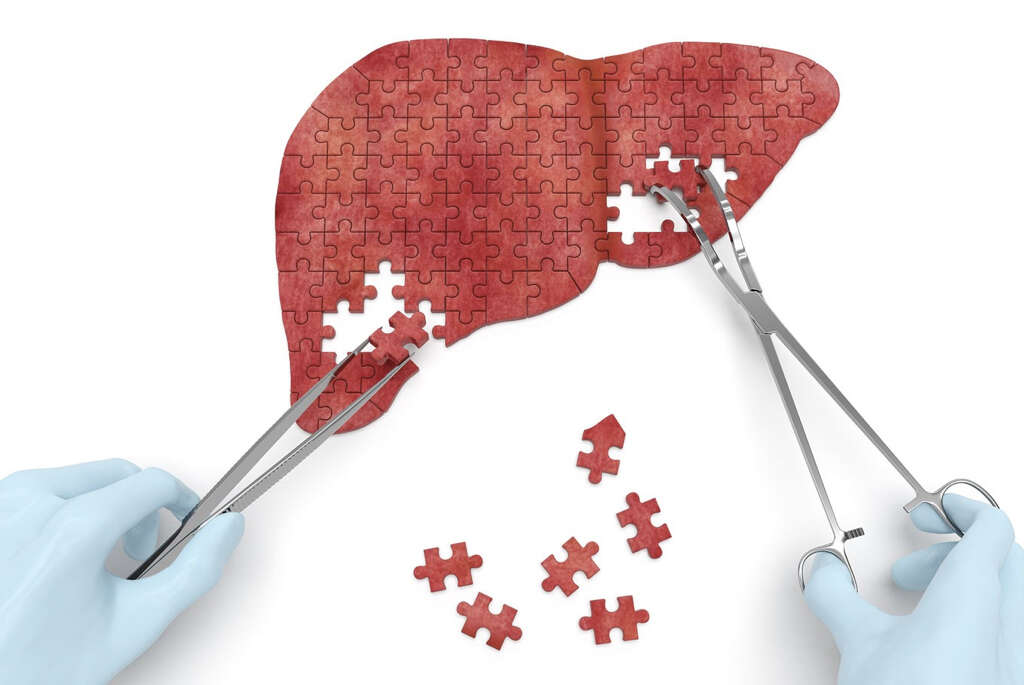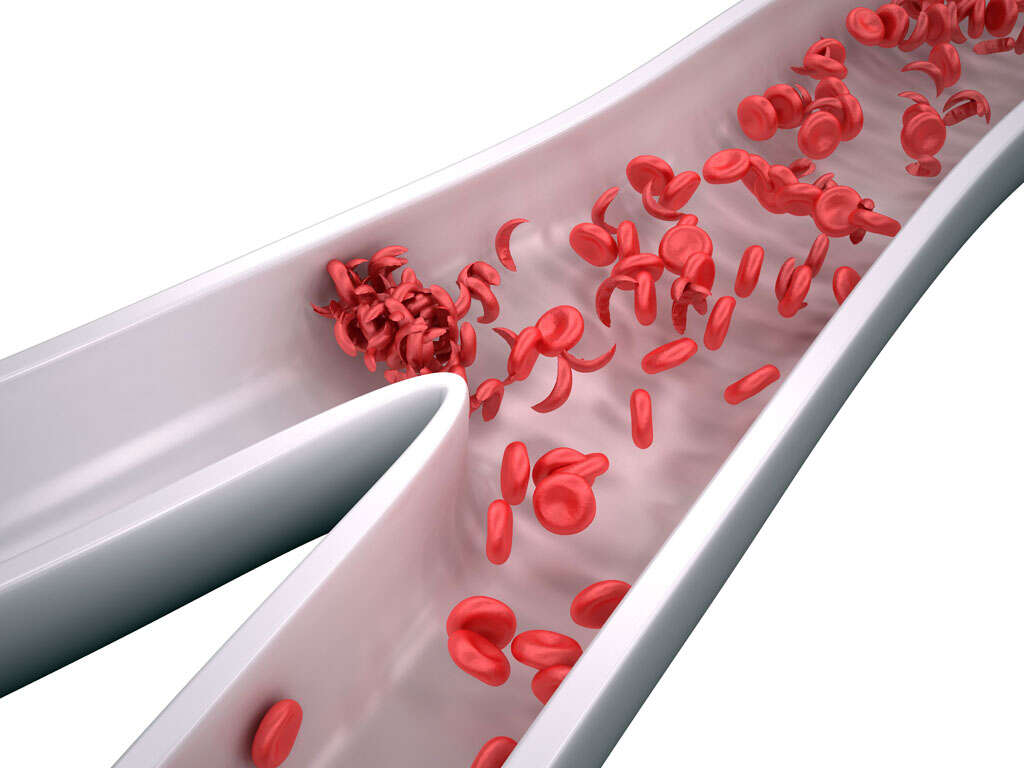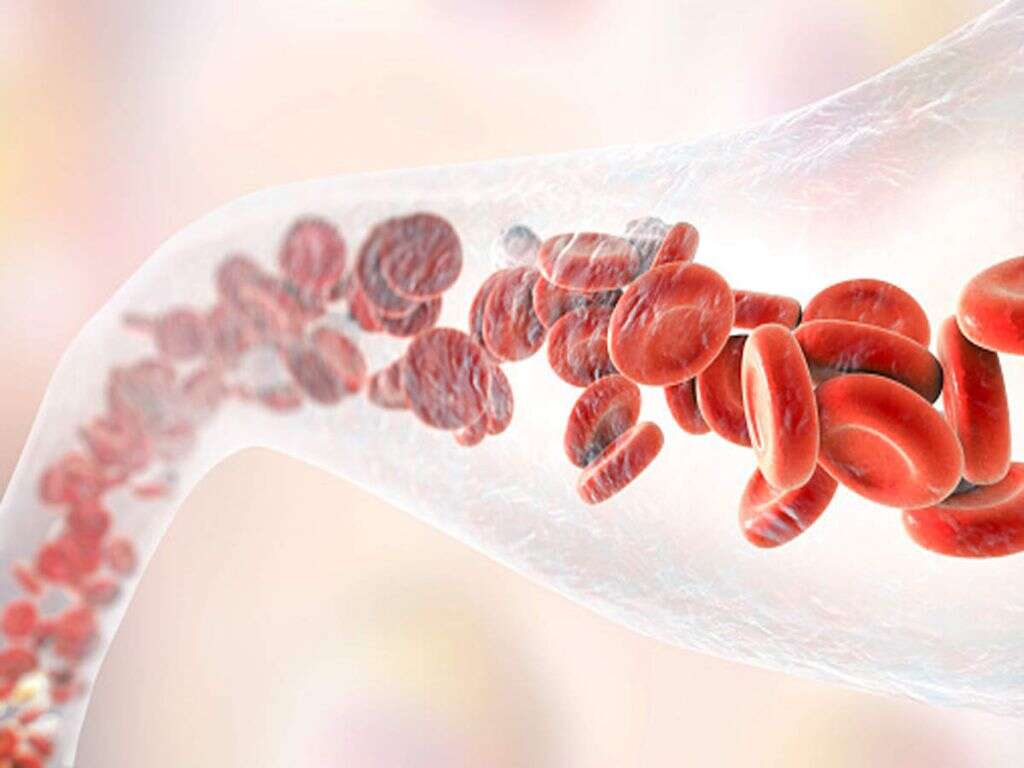What Is Galactosemia?
Galactosemia is a congenital metabolic disorder in which galactose (a sugar byproduct of lactose) accumulates in blood. The condition arises because the body is incapable of processing and utilizing galactose to produce energy. Three types of galactosemia exist, associated to three different gene mutations. These genes are responsible for producing specific enzymes that are essential for breaking down galactose.
This causes galactose to build up in blood, which leads to galactosemia. The disorder is usually diagnosed in the early days of life, since galactose is found in breast milk, cow’s milk, some vegetables, and dairy products. Galactosemia can be life-threatening, causing many problems for newborns, if not treated immediately.
1. Symptoms of Galactosemia
The symptoms of galactosemia start in the early days of life. The baby is born normal. However, symptoms begin as soon as the baby starts feeding on breastmilk or formulas containing lactose. The first signs include loss of appetite and vomiting.
After a while, liver dysfunction may ensue, and the baby’s skin, and mucous membranes may become yellowish (jaundice). If the condition is left untreated, poor growth (during the first weeks of life), and cataracts, may be observed.

2. Causes of Galactosemia
Galactosemia is a genetic disease classified into three types, namely classic galactosemia or type I galactosemia, galactokinase deficiency or type II galactosemia, and UDP galactose-4-epimerase deficiency or type III galactosemia.
All types of galactosemia are genetic, although they have some differences depending on the specific gene anomaly in each case. Galactosemia type I is an autosomal recessive disease, which means that children need to inherit 2 copies of the defective gene (one of each parent) to have the disease.
3. Genetic Anomalies
Classic galactosemia, or type 1, is the most common and most severe type of galactosemia. It develops because of mutations in the GALT gene. The mutations result in complete deficiency of an important enzyme called galactose-1-phosphate uridyl transferase, abbreviated as GALT. GALT is responsible for the digestion and utilization of galactose.
Galactokinase deficiency, or type 2, is caused by mutations in the GALK1 gene, which subsequently causes a deficiency of the enzyme Galactokinase 1. The main symptom of this type is a cataract. It can be prevented and treated easily once discovered. Galactose epimerase deficiency, or type 3, is caused by mutations in the GALE gene, which subsequently causes a deficiency of the enzyme UDP-galactose-4-epimerase. Some people do not have any symptoms. Others experience symptoms resembling classic galactosemia.

4. Epidemiology
The incidence of type 1 galactosemia, where the enzyme galactose-1-phosphate uridyltransferase (GALT) is missing or non-functional, is about one in every 30,000 to 60,000 newborns, while the incidence of type 2 is one in 100,000 newborns.
Type 3 is very rare, with its incidence rate differing from place to place.
5. Early Complications
If the condition is not diagnosed and treated early, it will lead to many complications. In fact, the disease may be fatal in newborns. Complications of galactosemia include cataracts, liver failure, kidney dysfunction, and brain damage. Patients are also prone to serious bacterial infections (i.e. Escherichia coli) that may lead to sepsis.
As a sign of liver damage, the patient can experience hepatomegaly (enlarged liver), and accumulation of fluid in the abdominal cavity (ascites). Clouding of the lens of the eye, (that helps to keep the vision in focus) causes cataracts in one or both eyes. These can appear in the first few days or weeks of life, in approximately 10 to 30 percent of patients with classic galactosemia.

6. Late complications
Even if patients receive treatment at an early age, late complications are still common. These vary from child to child, but include learning disabilities such as fine and gross motor difficulties, speech and language difficulties, and difficulty with math or reading in school.
Furthermore, neurological impairments are also observed. Thus, troubles with gait, balance, and fine motor tremors may be present. One of the late complications, that is almost always present in females with classic galactosemia, is premature ovarian insufficiency, a condition where there is a premature loss of ovarian function.
7. Can Galactosemia Benefit from Diet or Lifestyle Changes?
The answer is yes. People with galactosemia should follow a low-galactose diet by avoiding foods and drinks containing lactose such as milk, butter, ice cream, cheese, and all kinds of dairy products.
Many of these foods and drinks have dairy-free alternatives. For example, you can use almond milk, soymilk, sorbet, or coconut milk. If your baby is diagnosed with galactosemia, it is recommended that you stop breastfeeding. Start using lactose-free formulas instead. Your doctor will give you a list of appropriate formula options. In addition, discuss with your doctor whether vitamin D supplements are appropriate for your child or not.

8. Diagnosis
Neonatal screening for galactosemia is routine in many countries. The condition cannot be diagnosed clinically because the early symptoms are not specific. For this reason, the infants are diagnosed via screening tests.
If the parents have galactosemia, the diagnosis can be made prior to birth by taking a sample from the amniotic fluid surrounding the baby within the uterus, or from the placenta. Additionally, taking a blood sample from the heel of the infant or a urine sample can also be used in neonatal screening for galactosemia. These tests will screen for the levels of the three enzymes responsible, and for the levels of galactose in blood. Molecular testing is also used as a confirmatory test, to identify mutations in the GALT gene.
9. Treatment
Unfortunately, there is no treatment for galactosemia. The recommended approach is to follow a low-galactose diet. Avoid any of the foods containing lactose or galactose. While a low-galactose diet does not prevent progress of the condition, it reduces the risk of some complications.
This means that children may still develop learning disabilities, premature ovarian failure, and speech problems. Since speech problems are common, speech therapy is part of the treatment plan. Additionally, learning disabilities and delays are treated with customized education methods and proper family education. Infection control is also required. Antibiotic use is crucial and must be as accurate as possible. Besides, if both parents have galactosemia, genetic counseling can be recommended.
10. Long-Term Outlook
Galactosemia is a rare genetic condition affecting the process of utilizing galactose in the body. The condition must be diagnosed as early as possible to avoid any serious complications. It is essential to follow a low-galactose diet in order to manage the condition. Discuss the diet restrictions with your doctor.
It is difficult to live with a rare genetic disease. It does not only affect the patient, but the whole family. Any support given to the patient and the family can go a long way to make their life more comfortable.










